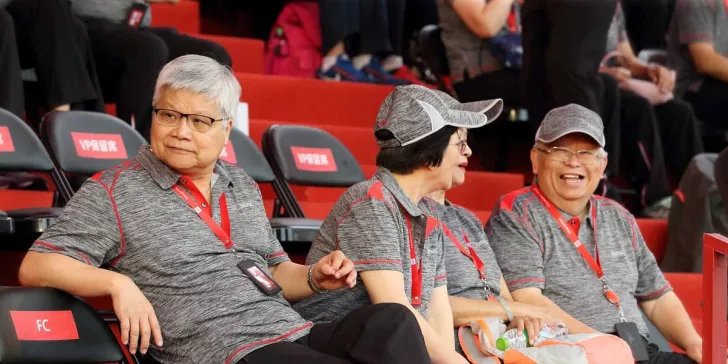In a significant development within the semiconductor industry, Intel has found itself at the center of a controversy involving a former TSMC executive. Intel’s CEO, Lip-Bu Tan, has addressed the situation, emphasizing the company’s commitment to respecting the intellectual property of others. This statement comes in light of concerns about potential leaks of process technology following the executive’s move from TSMC to Intel.
Intel’s Commitment to Intellectual Property
The chip industry is abuzz with speculation as TSMC’s former executive, Dr. Wei-Jen Lo, prepares to join Intel Foundry. Rumors have suggested a possible leak of TSMC’s 2nm technology, raising concerns about intellectual property violations. However, Intel’s CEO has dismissed these claims as baseless, affirming that Intel values the technological developments of other companies. The remarks were made during the SIA awards, highlighting the significance of the issue.
It is rumor and speculation. There is nothing to it. We respect IP.
– Intel’s CEO
Dr. Wei-Jen Lo’s appointment has sparked controversy due to his previous involvement with TSMC’s processes, where he reportedly had access to sensitive information. Taiwanese officials are currently investigating the matter, given TSMC’s stringent policy on former employees joining rival firms. Dr. Lo’s position at TSMC allowed him insight into valuable data for the company.

Focus on Advanced Packaging
Reports suggest Taiwan’s Minister of Economic Affairs, Ming-hsin Kung, has announced a formal investigation is underway. However, the complexity of TSMC’s operations, with its vast specialized workforce, means the government’s involvement may have limited impact. Dr. Lo’s move to Intel is reportedly aimed at enhancing Intel’s focus on advanced packaging technology, not transferring TSMC’s core process technology.
Intel’s technological approach, particularly with innovations like PowerVia and RibbonFET, stands distinct from TSMC’s methods. Moreover, Intel’s early adoption of High-NA EUV technology sets it apart. While Dr. Lo’s understanding of supply chain dynamics may benefit Intel Foundry, the likelihood of any direct technology transfer appears minimal at this point.
